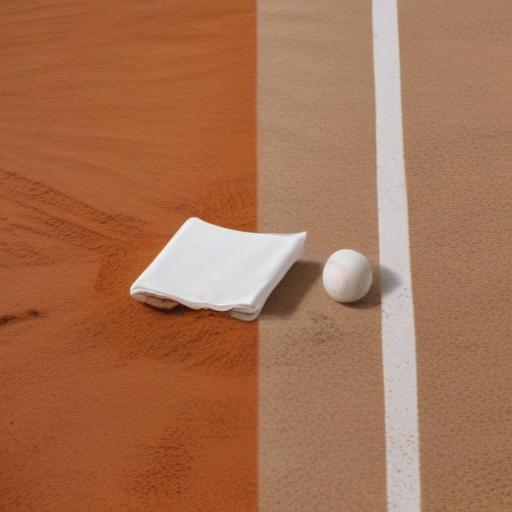Former Lotte star Go Nishioka and ex-NPB umpire Ryota Sakai tackle the nuance of “defensive interference” on the latest episode of P’s UPDATE
On the official YouTube program P’s UPDATE, which airs on the Persol Pacific League TV channel, Go Nishioka, a former Lotte player, and Ryota Sakai, a former NPB umpire, dug into the rules around defensive interference and why calls can differ in real-game situations.
The discussion centered on a real play from the May 17 SoftBank Hawks vs Rakuten Eagles game at the Mizuho PayPay Dome. With one out and a runner on third, the fielder who handled a ground ball threw home in an attempt to force out the runner, but the throw struck the batter-running. The batter had been running inside the foul line, and as a result, no defensive interference was called and the run stood.
Nishioka recalled a similar moment from the 2014 Japan Series, where he was ruled out due to defensive interference on a throw to first base. Sakai clarified the rule: interference is a decision tied to a throw to first base. In a throw to home, even if the ball hits the batter, the play is live; interference would only be called if the batter-runner physically altered the course of the play or was intentionally struck. A slightly inside-the-line contact, as in the discussed play, does not constitute interference, which explains why the run did not count as an interference call in that soft-landing scenario.
Sakai elaborated that the key distinction is between a throw to first base, where interference can be ruled in certain circumstances, and a throw to home, which remains in play even if it hits the batter-running, provided the contact wasn’t intentional to disrupt the play. The segment used the Hawks–Rakuten incident to illustrate why the call was not interference in that moment.
What this adds up to is a clearer picture for fans and players alike: defensive interference rules can hinge on the destination of the throw and the batter-runner’s actions, not merely on contact with the ball. The discussion underscores ongoing education for players, officials, and viewers about baseball’s rules, helping everyone better understand how plays unfold in real time.
Summary: A recent P’s UPDATE episode uses a real PayPay Dome play to explain why a throw hitting the batter on a home-plate attempt isn’t automatically defensive interference, emphasizing the rule that interference is tied to throws to first base and the batter-runner’s actions. The discussion also recalls a 2014 Japan Series moment where similar contact influenced the outcome, highlighting the rule’s practical nuances.
Additional value and commentary:
– This kind of rule clarification can reduce debates among fans during live broadcasts and help young pitchers, hitters, and coaches anticipate outcomes more accurately.
– For readers, a quick refresher on where interference applies—primarily with plays to first base—can improve enjoyment and comprehension of close plays at the plate.
– A hopeful note: continued dialogue between players and umpires on rule interpretation promotes fair play and a deeper appreciation of the game’s subtleties.
